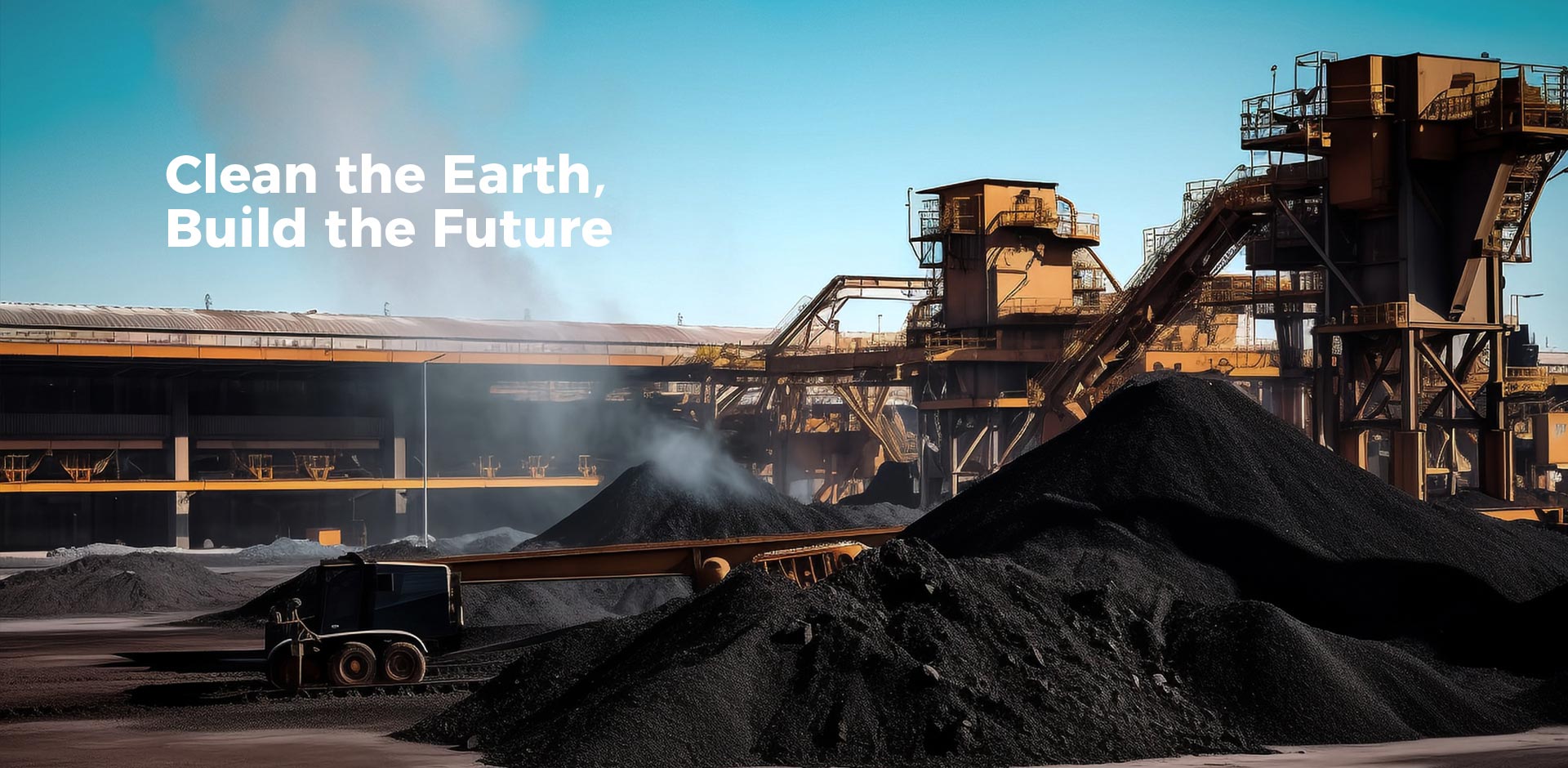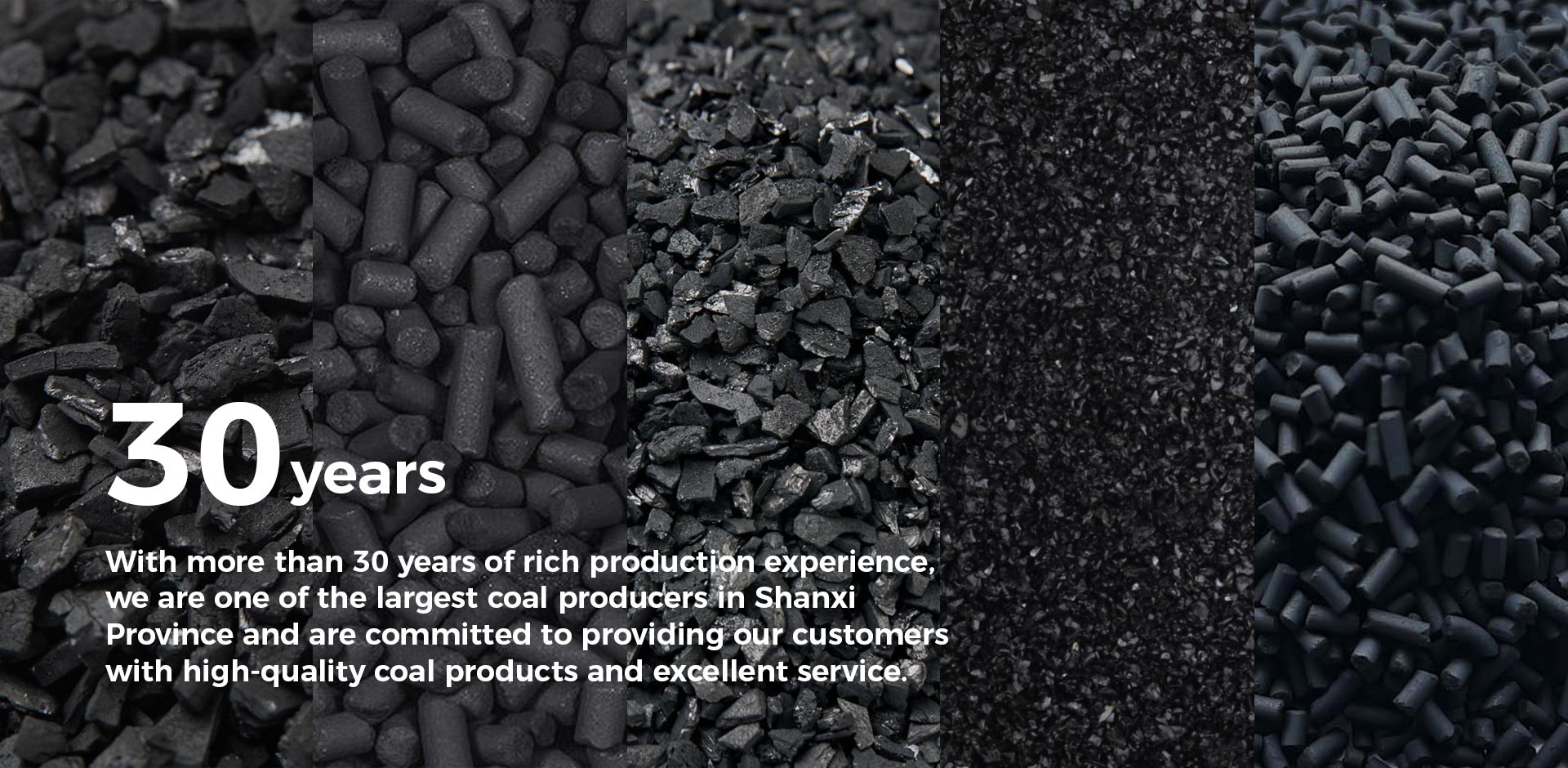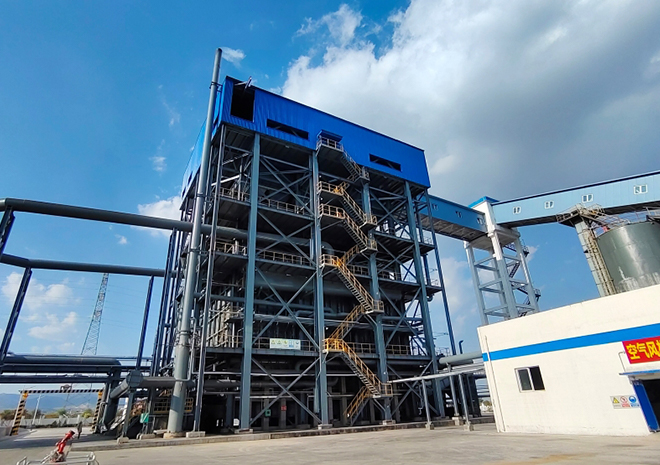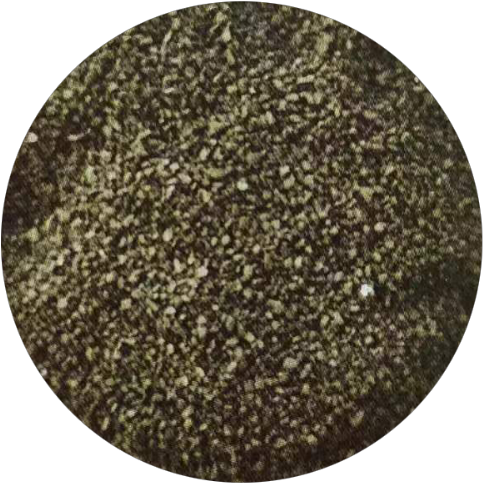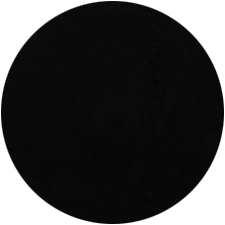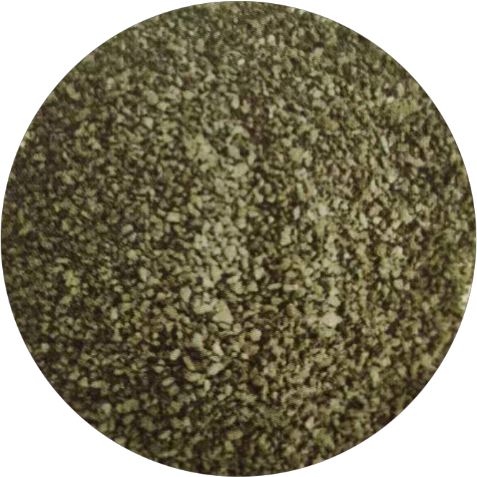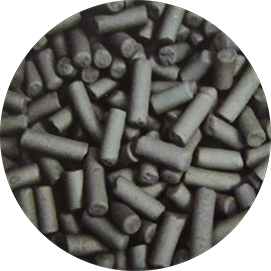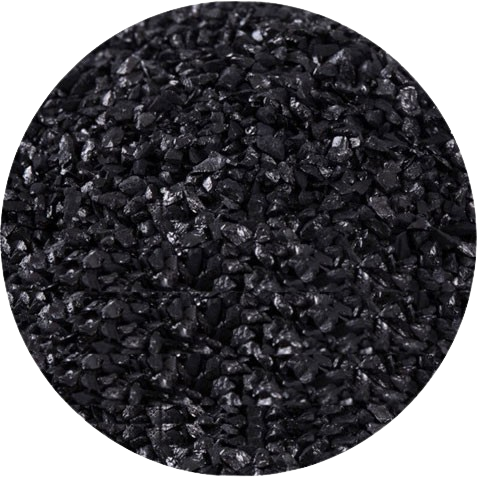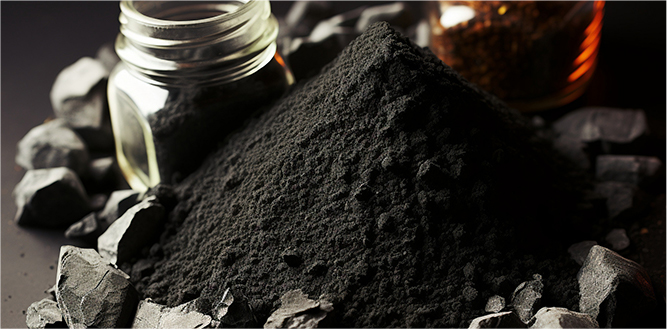Activation methods and uses of activated carbon
Main activation method:
Raw materials such as charcoal, shell charcoal, coal, etc. are granulated and then activated with water vapour, carbon dioxide, at 1000℃ for gas activation method.
The dried raw materials are impregnated with zinc chloride solution, mixed, and heated at 500~700℃ for carbonisation or activation, known as pharmaceutical activation method.
Activated carbon can be regenerated after its adsorption is weakened. Activated carbon is placed in a container, passed through water vapour at a certain pressure and then heated to 400 °C in the presence of a certain amount of oxygen to remove adsorbed substances on the surface.
Uses.
Removal of dyes with activated carbon
Activated carbon is a hydrophobic adsorbent with the property of selective adsorption of nonpolar substances, as well as catalytic effect generated by functional groups on the carbon surface and the property of carbon itself as a reactive substance. There are still many unclear points about its reaction mechanism.
Activated carbon has many uses. It is widely used in almost all sectors of national economy and daily life. Powdered carbon is used in liquid phase decolourisation, deodorisation and refining, and upper and lower water purification. Granular carbon is used in gas phase adsorption, solvent recovery, air purification, cigarette filters, in addition to vinyl chloride, vinyl acetate synthesis catalysts, precious metal catalyst carrier.

